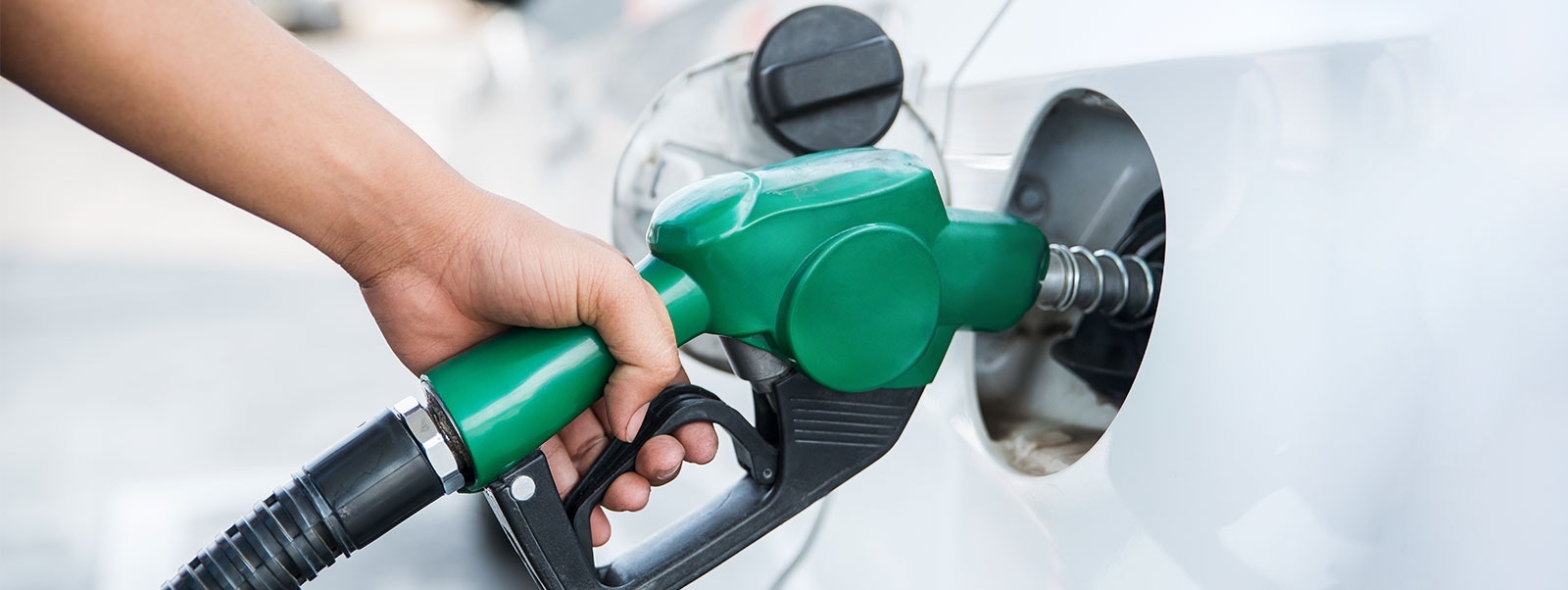By Joern A. Buss
This article first appeared in Forbes on August 8, 2018.
Years from now, the United States may look back on August 2, 2018 as the day it lost the e-mobility race – and perhaps any hope of regaining its leadership in the global automotive industry. On that day, the Environmental Protection Agency announced its plan to freeze the nation’s fuel economy standards at the 2020 fleet-wide level of 36.9 miles per gallon instead of letting it gradually increase to 51.4 mpg by 2025.
While some may think that the elimination of regulation frees industries to be more competitive, that’s certainly not the case for the auto industry – at least, in this instance. Providing consumers fuel economy is part of being competitive in today’s market, given the cost of gasoline and people’s environmental concerns. Reducing requirements is likely to make U.S. car makers less cutting edge – and their cars less attractive to consumers. Besides failing to reduce greenhouse-gas emissions and air pollutants like nitrogen dioxide, cars with lower fuel economy are more expensive to operate because they consume more gasoline – obvious facts that appear lost on policymakers, but may not be missed by car buyers. Even customers who opt for bigger vehicles don’t want to spend unnecessarily on fuel.
The auto industry also is very much a global one, and cars with lower mile-per-gallon ratings that can be sold in the United States may not meet the standards of nations still intent on reducing auto emissions and lowering the planet’s climate risk. They may not even meet California’s standards or those of several other large states, which have said they will create their own, more stringent rules if the EPA proceeds with its rollback.
Short-term thinking
The EPA decision reflects a short-horizon outlook on business, aimed at quick profits for industry and overlooks the prospect of a long-term decline in competitiveness and the impact on customers. While other countries are passing future bans on internal combustion engines, the U.S. industry has focused on encouraging the obsession Americans have with pickups and SUVs. It produces quarterly profits, but at the cost of market share: American-produced cars commanded close to 70% of the global market in the 1960s; by 2025 that percentage will fall below 15%. U.S. carmakers are even abandoning production of sedans and crossovers, in favor of pickups and SUVs. Yet, American pickups are hardly ever sold outside of North America.
To read the rest of the article on Forbes.com, please click here.
Reducing fuel-economy standards is likely to make U.S. car makers less cutting edge – and their cars less attractive to consumers



